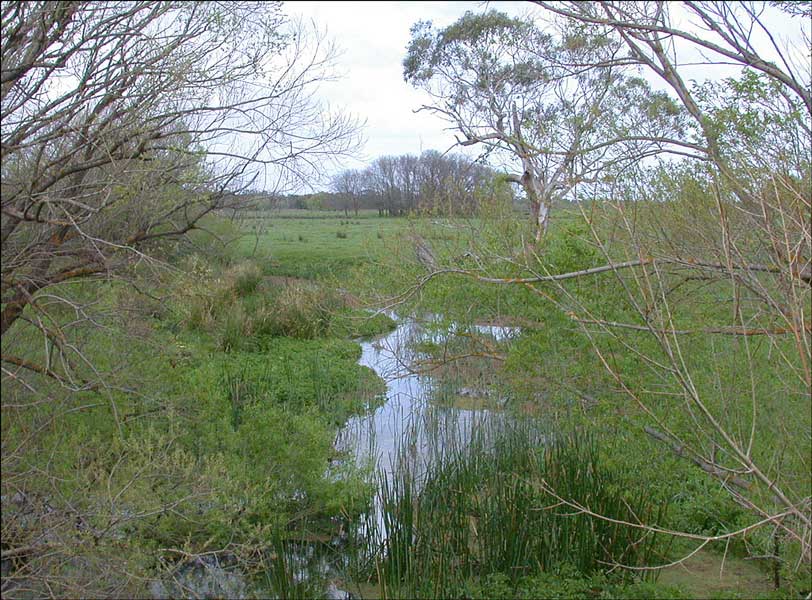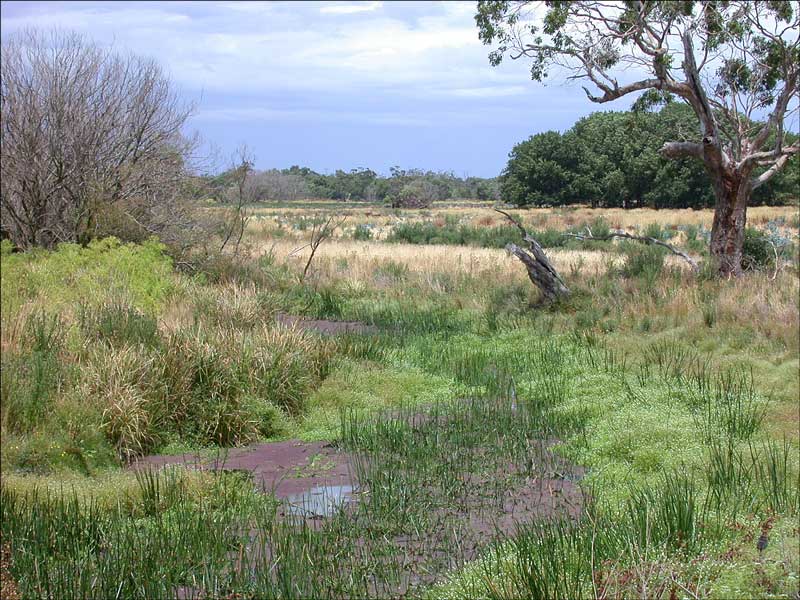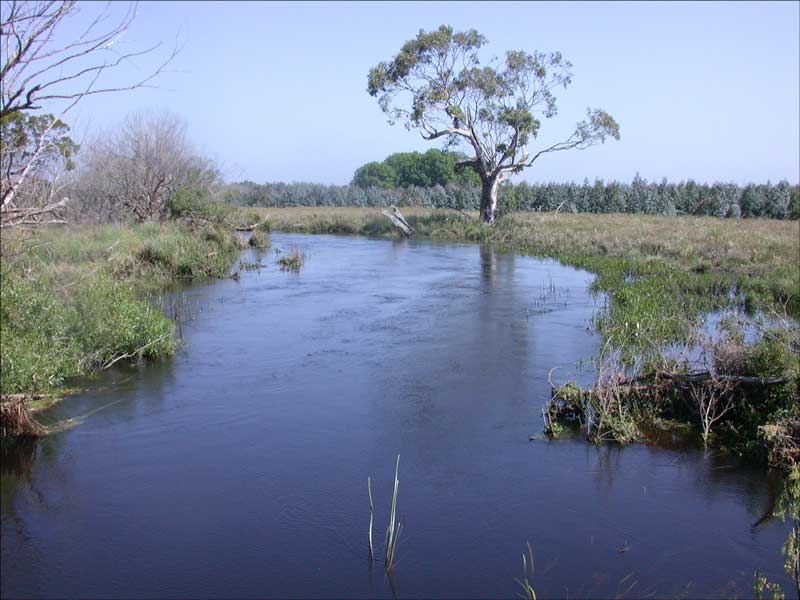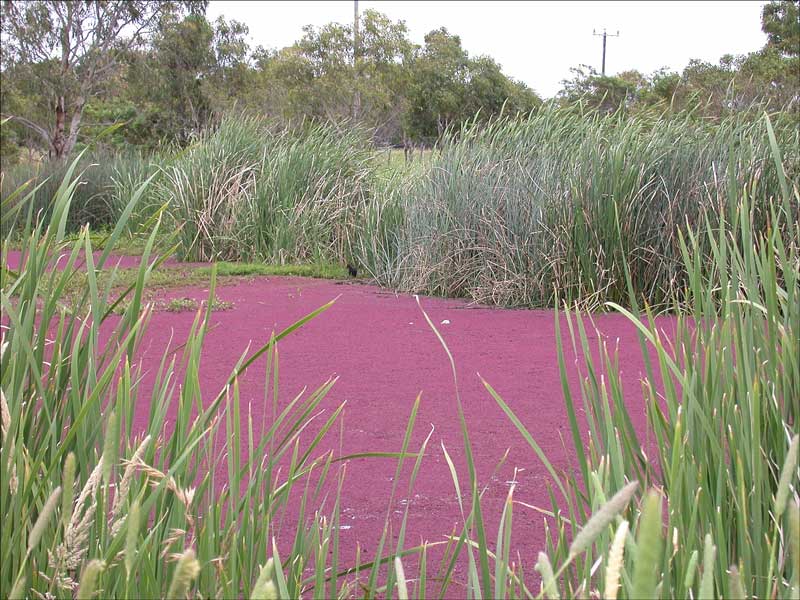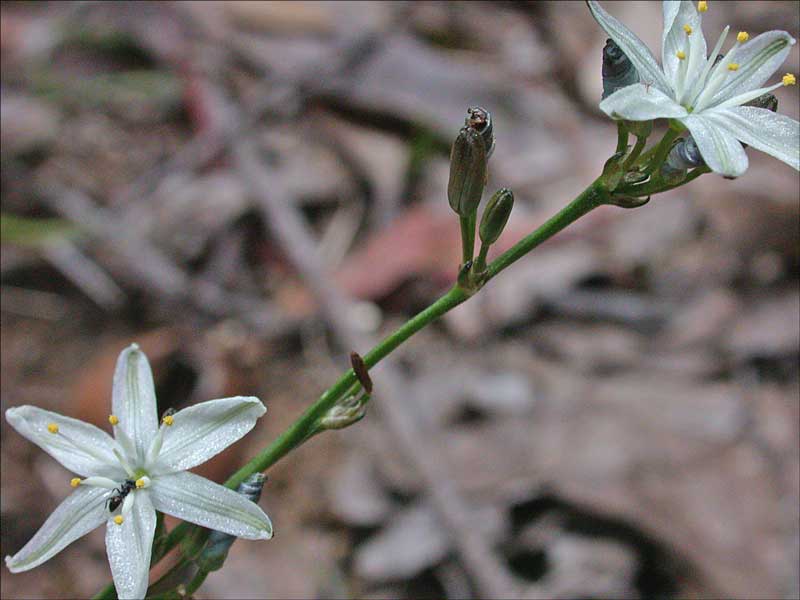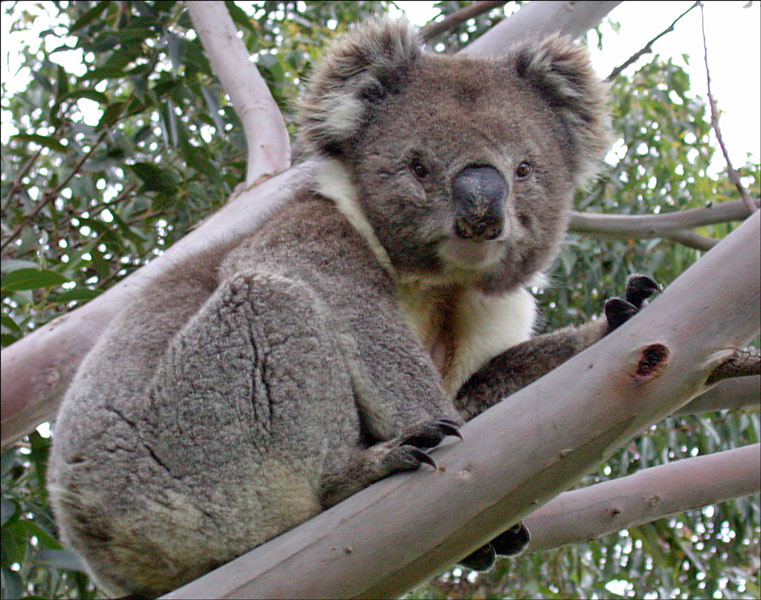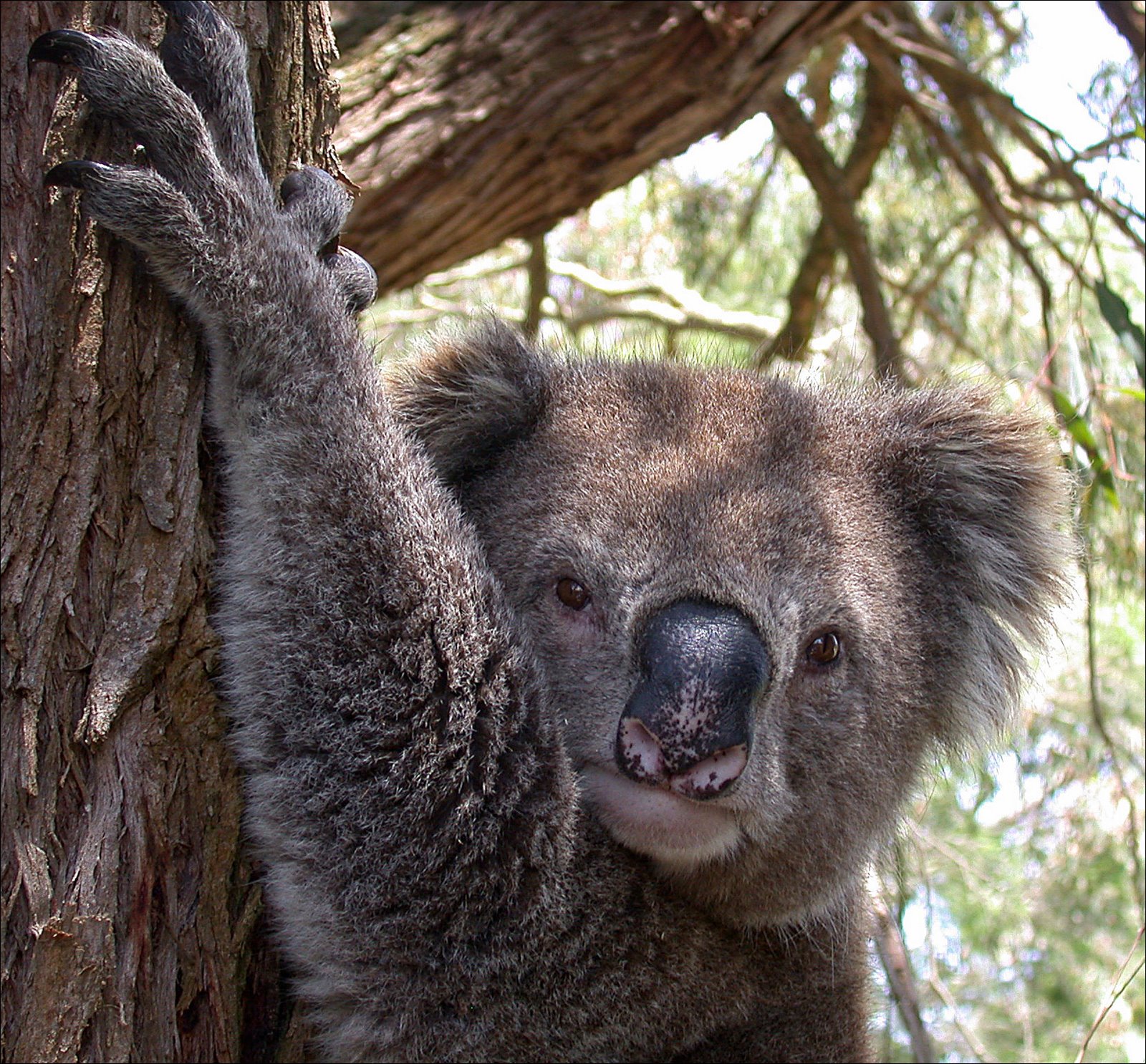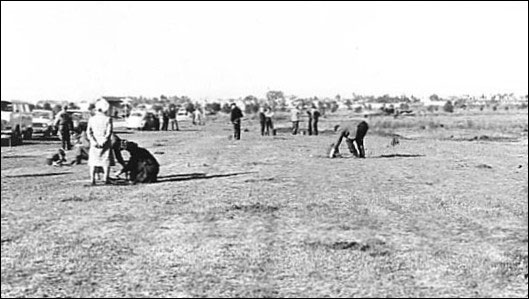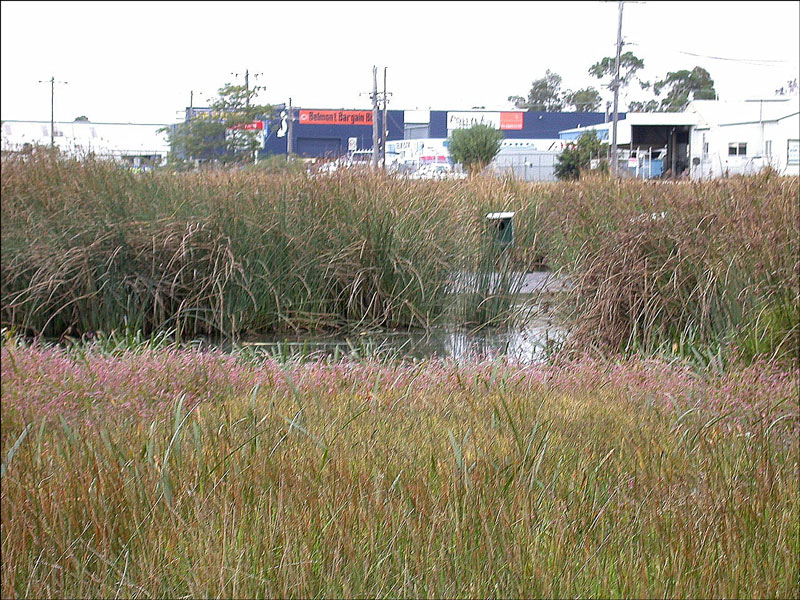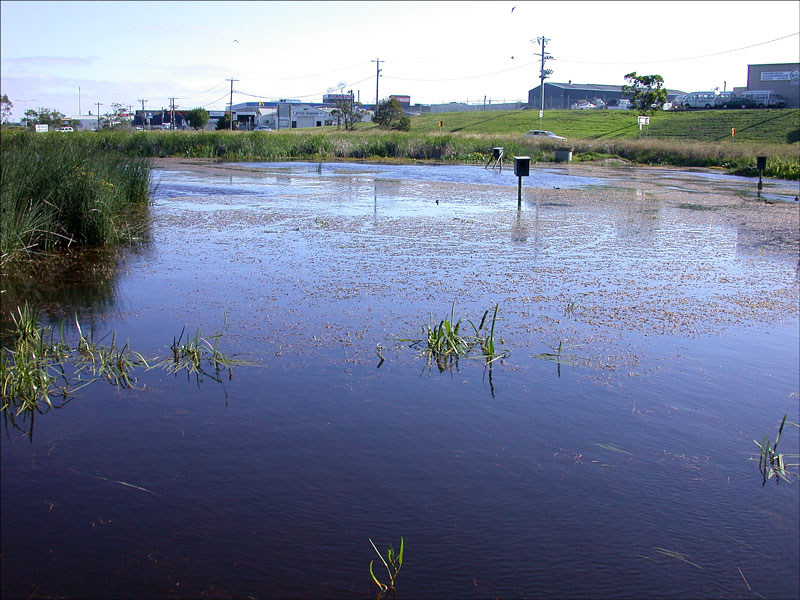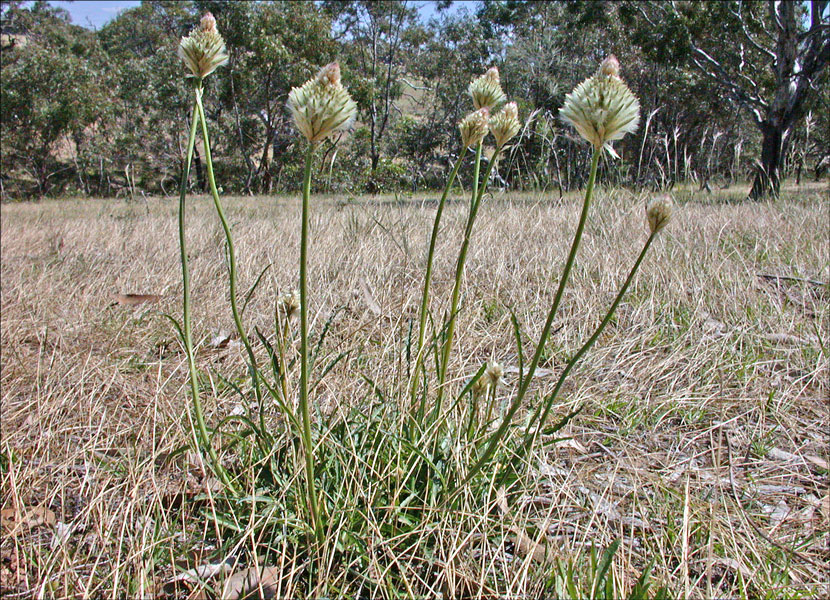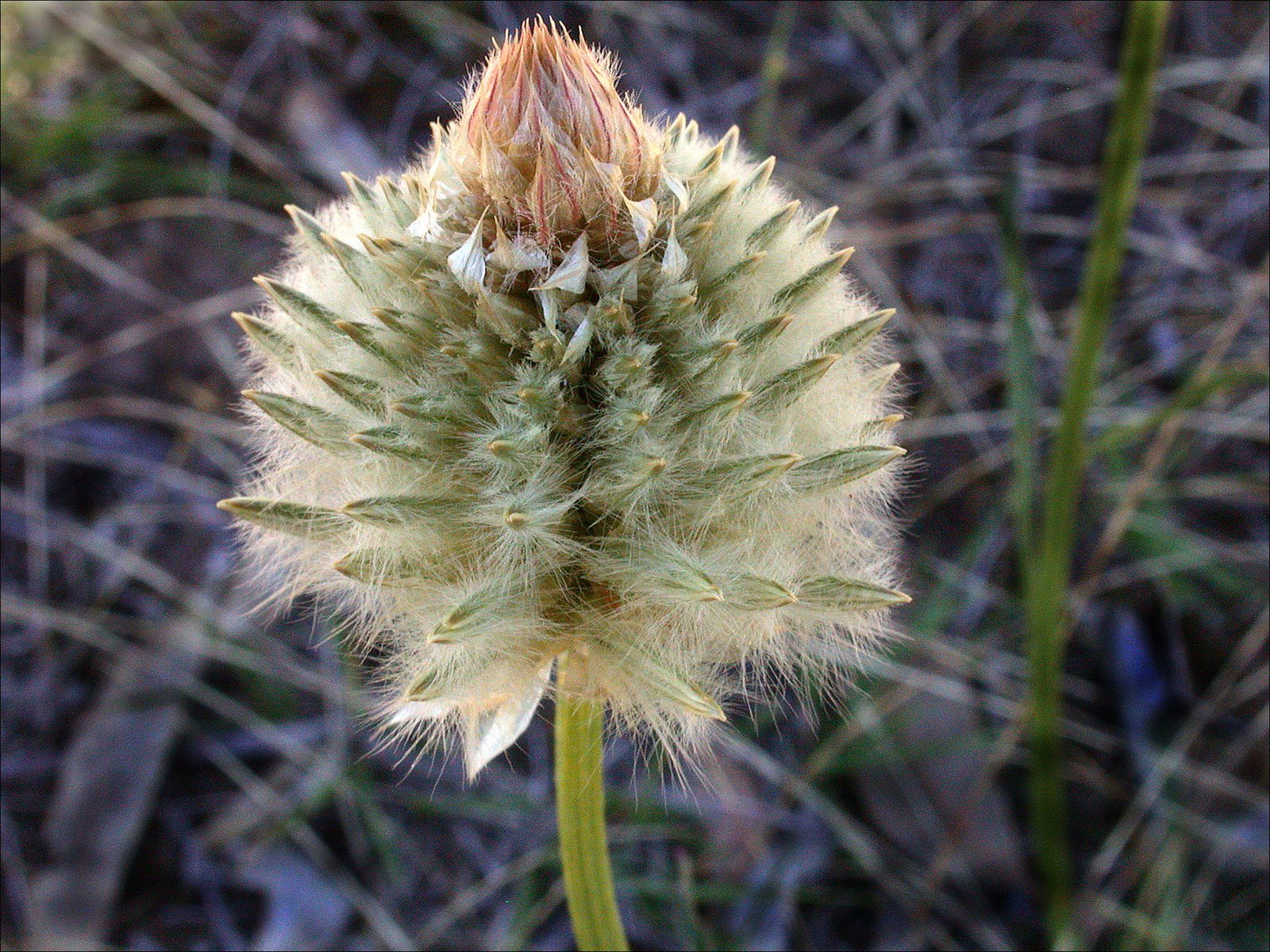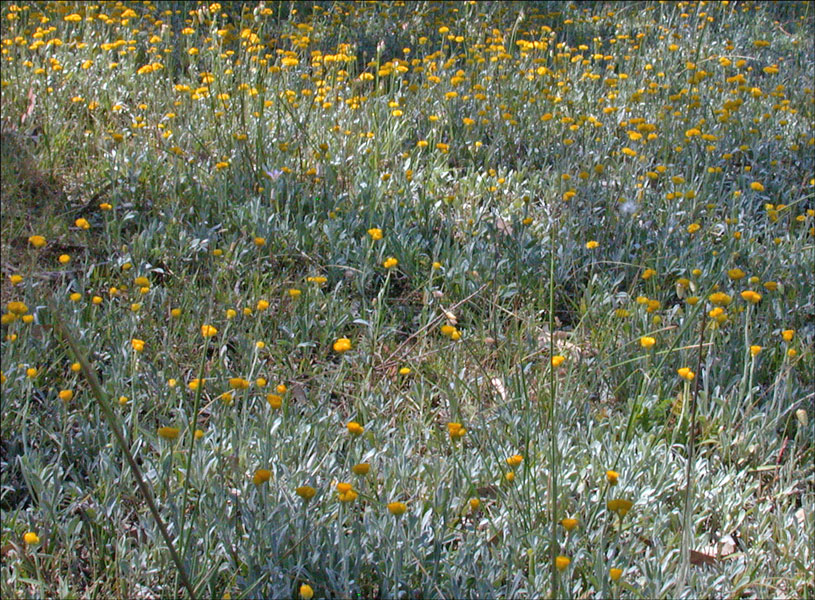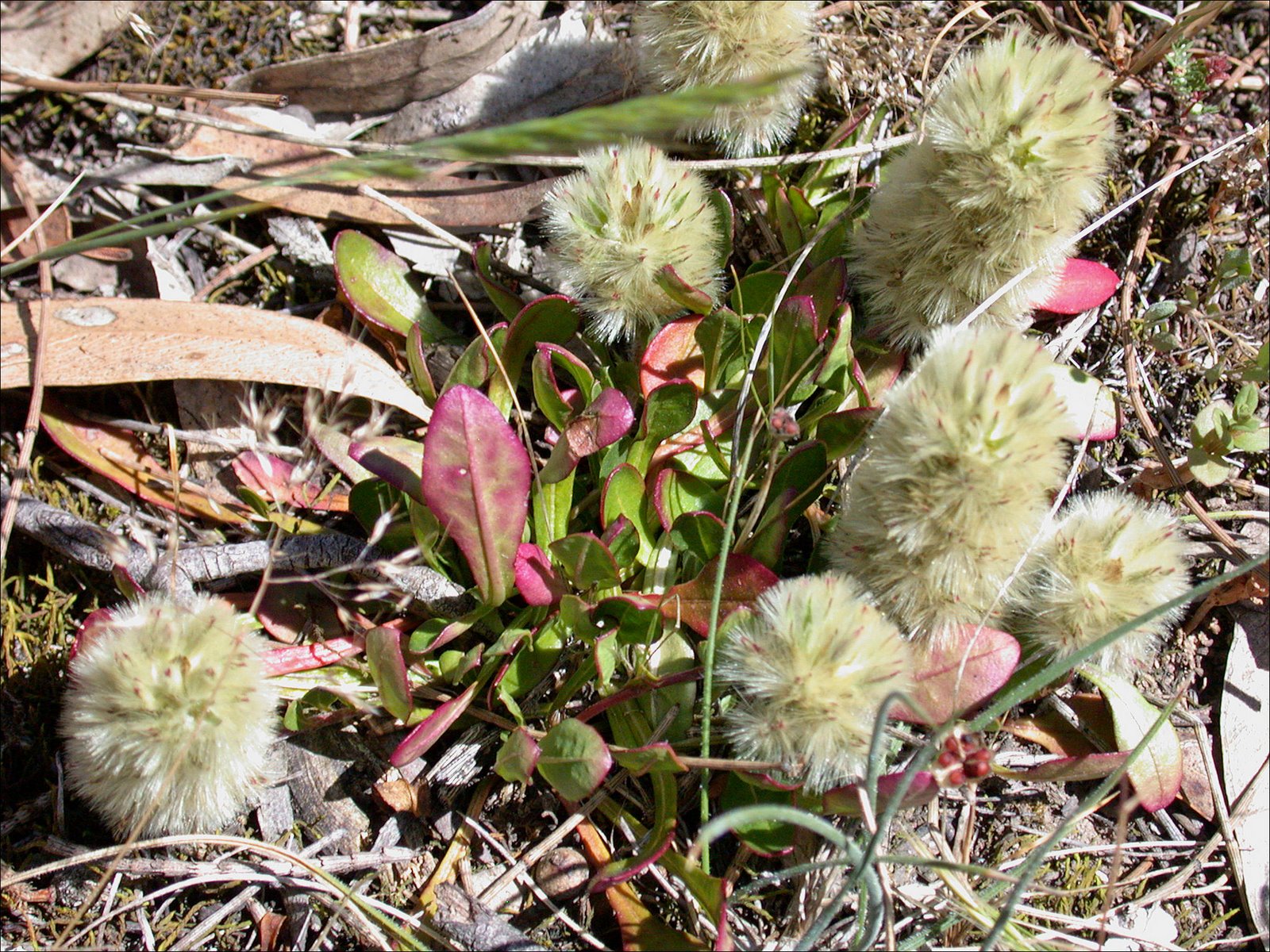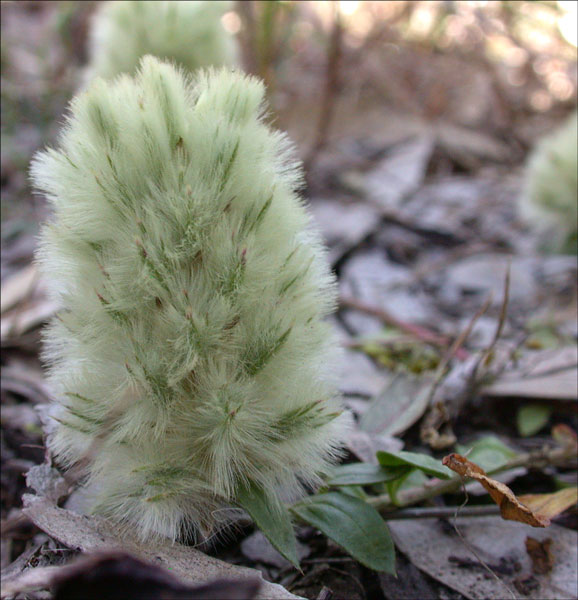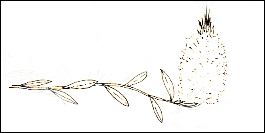This tree, of all the eucalypts, is the one selected by the plantation forest industry and in the last few years thousands of acres of cleared pastureland in southern Australia has been planted to Blue Gums, with many more to come.
It's having a huge effect on the social environment. Farmers sell to the plantation companies because they are offering good money so communities are diminishing. Where will they find a tennis team, enough kids to keep the school open, volunteers for the fire brigade?
It's having a huge effect on the economic environment. A plantation is a monoculture, and fewer hectares are available to local dairy cows, flocks of sheep and herds of beef cattle.
And it's having a huge effect on the natural environment. This is where I am ambivalent. Research is being done on the biodiversity within the plantations – they're not environmental deserts – but a lot of grassland and woodland species may be reduced in numbers. On the other hand, swamps within the plantations are no longer being grazed by cows or sheep so they will return to a more 'natural' appearance. And, (don't tell the plantation companies this), I feel comfortable about wandering in a bit of bush or swamp on a plantation property whereas I wouldn't dream of doing so ordinarily without getting the owner's permission.
In October 2005 I took a photo of the Darlot Creek at Homerton. The years of drought meant that the water level was low.
In January this year I took another photo from the same spot. A Blue Gum plantation now occupied what had been the productive pasture of a dairy farm.
And several weeks ago I took another photo because the river was 'running a banker', meaning that the water level was as high as it could be without flooding out onto the pasture. And note that the Blue Gums have grown extremely fast in the previous ten months.
I'll continue to take photos from this spot in the years ahead. I'm not looking forward to the devastation that is inevitable when the company harvests the Blue Gums for their timber in the next ten to twenty years.
